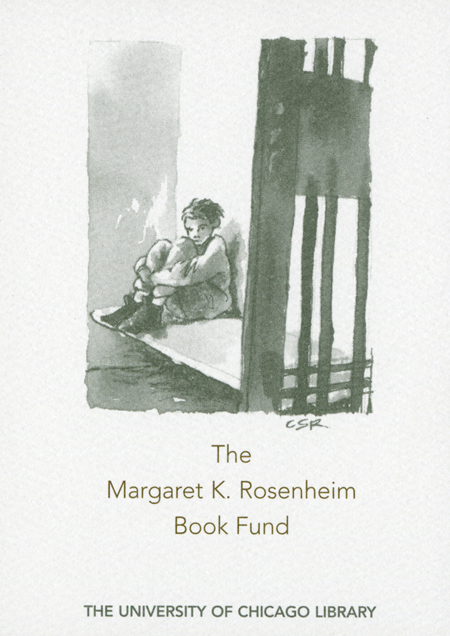Review by Choice Review
Divided into two parts, addressing juvenile crime and juvenile justice, this handbook was conceived to provide both officials and citizens "ready access to what we do know, as well as what we don't know, about the scope and causes of youth crime, the effectiveness of prevention and intervention strategies, and potentials and pitfalls of juvenile justice administration." The book includes 35 comprehensive chapters, each approximately 25 pages and each including endnotes and a list of references. Contributors are predominantly criminologists, as well as scholars from related social sciences (especially psychology and sociology); contributions also come from those outside the academy, including researchers connected to policy centers. While the fluidity of the prose and the ambitions of the contributors vary across chapters, the editors have given the volume a remarkable degree of cohesion, particularly in the consistent format that organizes each chapter. The result is a work that provides both technical facility for those already initiated and an unintimidating overview for those new to the discussion. Many volumes of this sort aspire toward such balance, but this one succeeds. For those looking for a one-stop approach to the primary debates in this important subfield, this is the place to start shopping. Summing Up: Recommended. Upper-division undergraduates and above. B. K. Pinaire Lehigh University
Copyright American Library Association, used with permission.
Review by Choice Review

